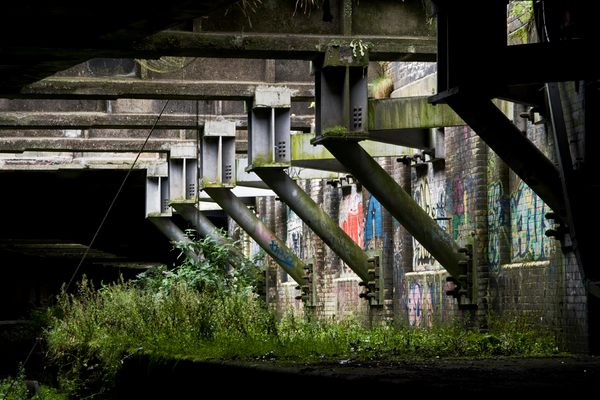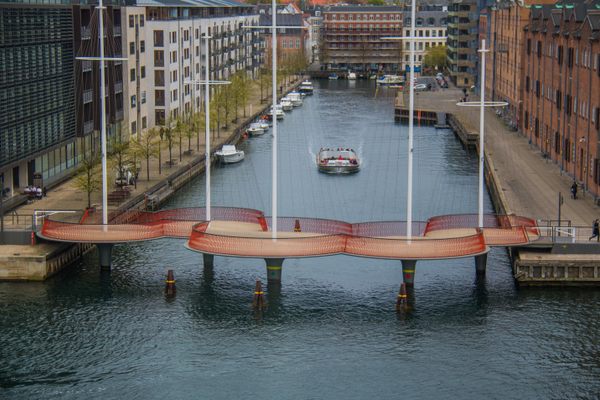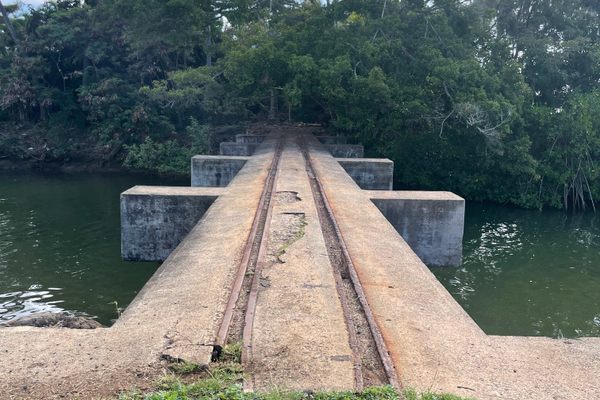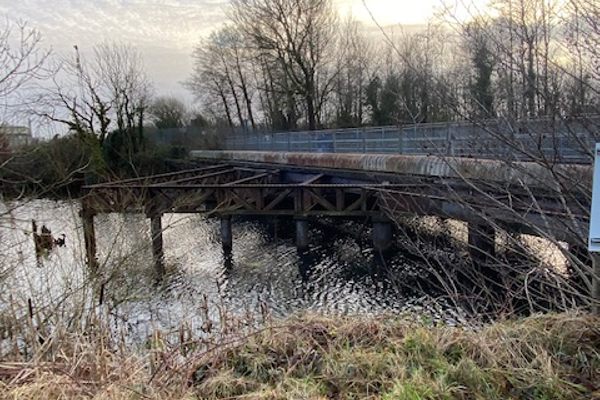AO Edited
Bella the Beithir
A mythological Celtic beast built with thousands of colorful tiles stands guard over a historic canal junction.
In 1777, Stockingfield Junction was opened to allow traffic from the Forth and Clyde Canal to reach the center of Glasgow. It closed in 1962, and its restoration was completed in 2022. The restoration and building of a bridge connect the communities of Maryhill, Gilsochhill, and Ruchill for the first time since the Forth and Clyde Canal was built.
To celebrate this novel unity, a mythological Celtic beast, Bella the Beithir, is one of 22 works of art being installed in the Stockingfield Bridge Art Park adjacent to the Forth and Clyde Canal. Bella is over 390 feet long and constructed from a steel wire frame and concrete. For the next five years, the community organization Make it Glasgow, will be sourcing more tile ‘scales’ from local artists, reclamation projects, and around the world to cover the beast. These tiles and their sourcing celebrate not just the junction, but Scotland’s deep cultural heritage in ceramics and trade.
The Beithir is a Celtic dragon that lacks wings or fiery breath, but is described as “the largest and most deadly kind of serpent.” They are said to kill with a venomous sting and are often said to live in mountainous caves near lochs and streams, where they feast on travelers and wild haggis. Bella the Beithir carries a world egg inside her mouth as a symbol of hope.
Know Before You Go
You can reach the Beithir by walking along the Forth and Clyde Canal from the central city.
Plan Your Trip






































Follow us on Twitter to get the latest on the world's hidden wonders.
Like us on Facebook to get the latest on the world's hidden wonders.
Follow us on Twitter Like us on Facebook